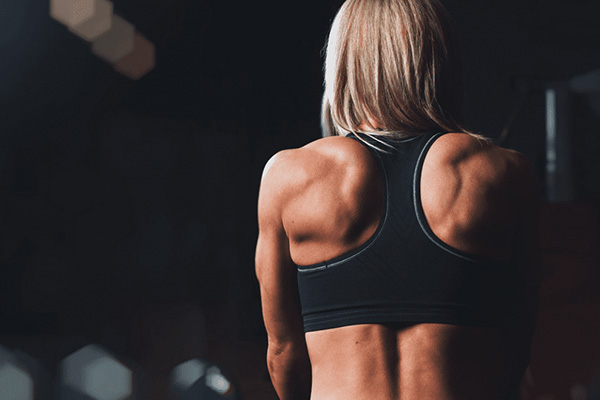
Why is this test important?
To determine injury risk or contributors to loss of performance, we routinely utilize limb isometric tests to assess strength and strength asymmetries. These tests are also used to monitor reductions in muscle force. Isometric tests in the upper body are less routinely used BUT may be appropriate to monitor neuromuscular performance of the shoulder joint in sports involving contact and overhead actions & to help assist in determination of return to sport.
How was the test studied?
Ashworth and colleagues studied 18 elite rugby players (age 22.4±4.6 years; body mass 95.5±13.4 kg) were tested on consecutive days. Maximal isometric contractions using both limbs against a force platform were assessed at three angles of abduction (180°, ‘I’; 135°, ‘Y’ and 90°, ‘T’), in a prone lying position. To evaluate interday reliability, intraclass coefficients (ICC) were calculated for mean net peak force (NPF) and highest NPF achieved in any trial (peak NPF).
What did the authors find?
The test demonstrated high absolute reliability values (SEM 4.8–10.8) and interday measurement error was below 10% in all test positions (CV 5.0–9.9%) except for the non-dominant arm I-position (CV 11.3%).
Does this change my practice?
In brief, yes. The Athletic Shoulder test has excellent reliability for each test position - it is a great tool to quantify the ability to produce and transfer force across the shoulder girdle.






